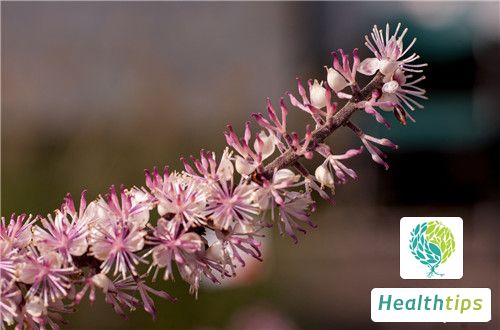Cimicifuga is a traditional Chinese medicine that is clinically used to treat wind-heat colds and other related diseases. It also has the effects of lowering blood lipids, fighting tumors, and inhibiting bacteria. Although Cimicifuga can be used to treat many diseases, it is still important to follow the doctor's instructions strictly to prevent any discomfort or adverse effects on the body due to improper use.

1. Cimicifuga is a traditional Chinese medicine derived from the dried rhizomes of the Ranunculaceae plants, including Cimicifuga heracleifolia, Cimicifuga dahurica, or Cimicifuga foetida. It has a pungent, slightly sweet, and slightly cold taste, and is associated with the meridians of the lungs, spleen, stomach, and large intestine.
2. The main functions and effects of Cimicifuga include promoting the release of rashes, clearing heat and detoxifying, and lifting yang qi. It is clinically used to treat symptoms such as wind-heat headache, toothache, mouth ulcers, sore throat, unrelieved measles, yang toxin-induced rash, rectal prolapse, and uterine prolapse.
3. Cimicifuga has ascending and dispersing properties, enters the lung meridian, and has the effect of promoting sweating and reducing fever. Therefore, it can be used in combination with other herbs to treat symptoms of wind-heat colds or early stages of febrile diseases, such as fever, headache, chills, fever, headache without sweating, cough, and yangming meridian headaches caused by external wind-heat with dampness, hiccups, and heartburn.
4. Cimicifuga has various effects such as antipyretic, anti-inflammatory, analgesic, anti-allergic, hypolipidemic, anti-tumor, and antibacterial properties. As a therapeutic medication, it is recommended to be used under the guidance of a doctor through reasonable syndrome differentiation.

